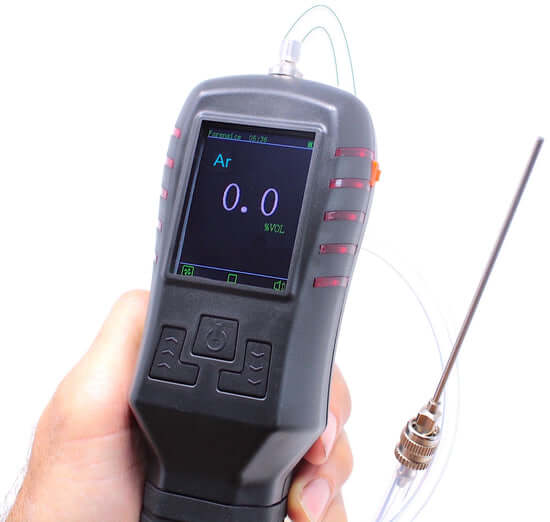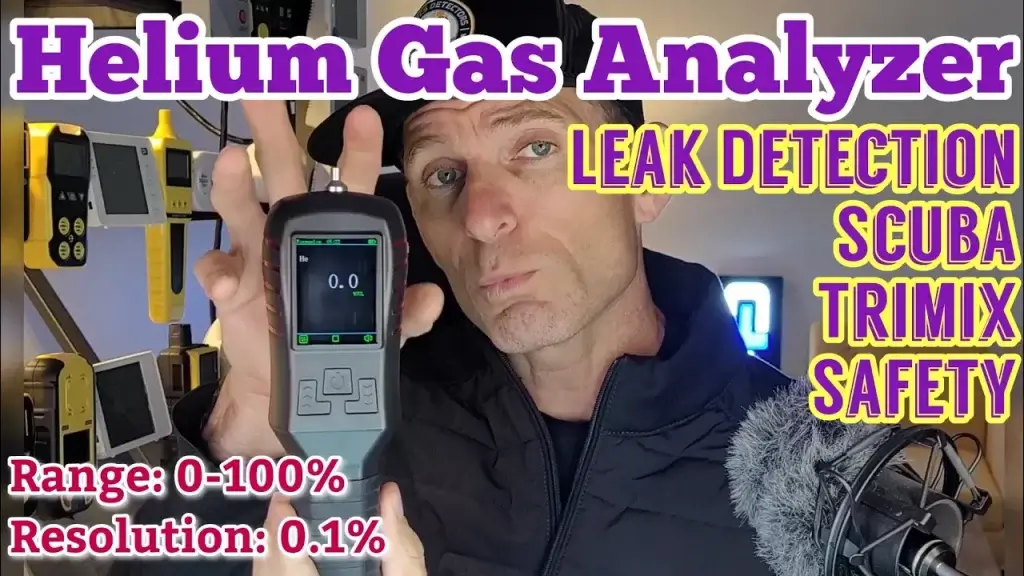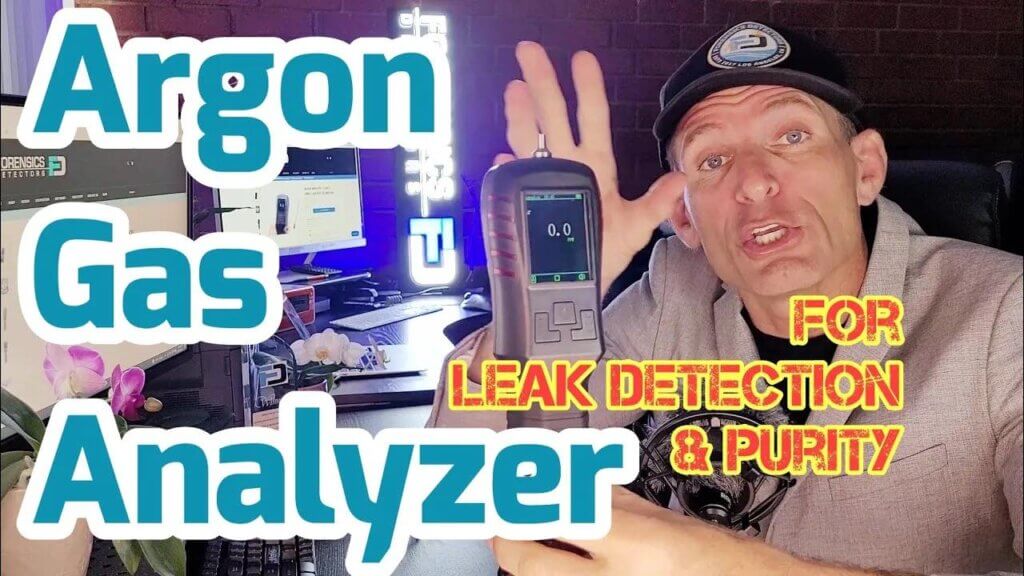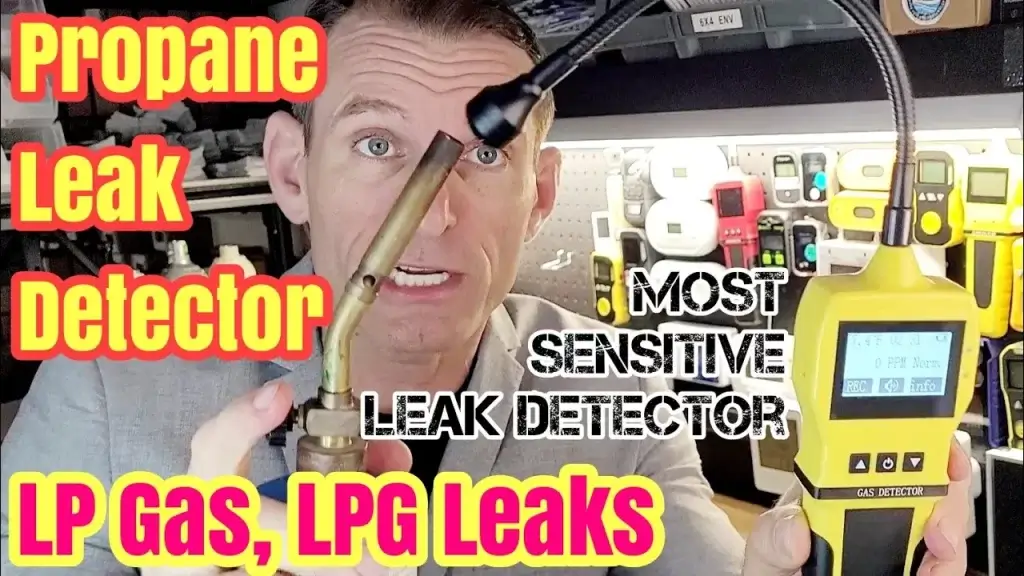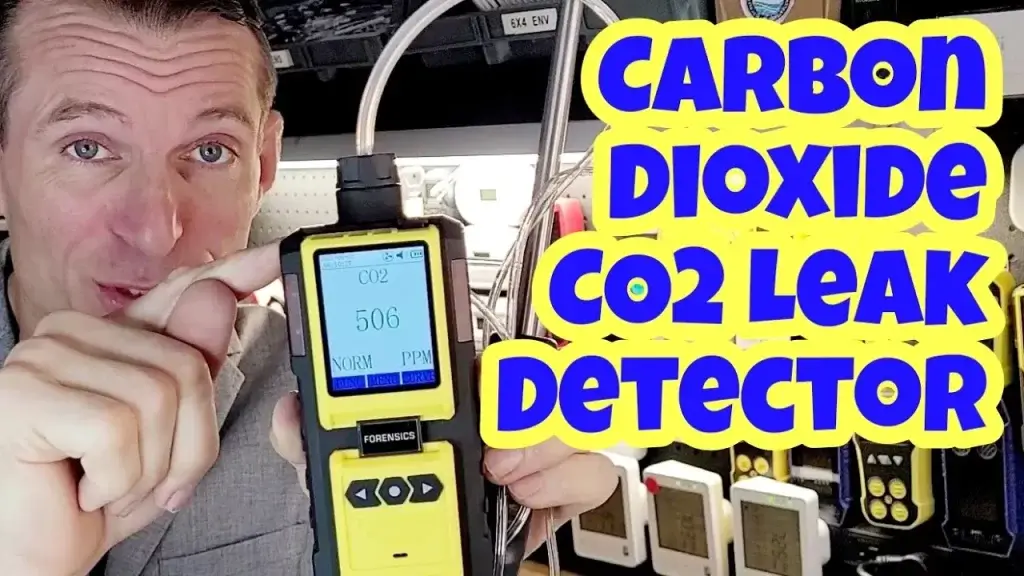Contents
- Methods Of Argon Leak Detection
- Visual Inspection
- Soap Bubble Test
- Pressure Drop Test
- Electronic Leak Detection
- Ultrasonic Testing
- Best Practices For Argon Leak Detection
- Regular Maintenance And Inspection
- Proper Training For Welders And Technicians
- Establishing A Comprehensive Testing Protocol
- Choosing The Right Method For Leak Detection
- Documenting And Addressing Leaks Promptly
- Frequently Asked Questions
- How Does Argon Leak Detection Work In Welding Applications?
- What Are The Benefits Of Using Argon Leak Detection In Welding?
- How Can Argon Leak Detection Help Improve Welding Safety?
- What Types Of Equipment Are Used For Argon Leak Detection?
- Conclusion
Argon leak detection in welding applications is crucial for ensuring the safety and efficiency of the process. By identifying and fixing leaks promptly, welders can prevent gas wastage and potential hazards.
We will explore the importance of argon leak detection in welding, its benefits, and various methods used for detecting leaks. We will also discuss the significance of employing trained professionals and advanced technology in this process.
Whether you’re a welder or a business in the welding industry, understanding argon leak detection is essential for maintaining high-quality welding operations.
Stay tuned to learn everything you need to know about argon leak detection in welding applications.
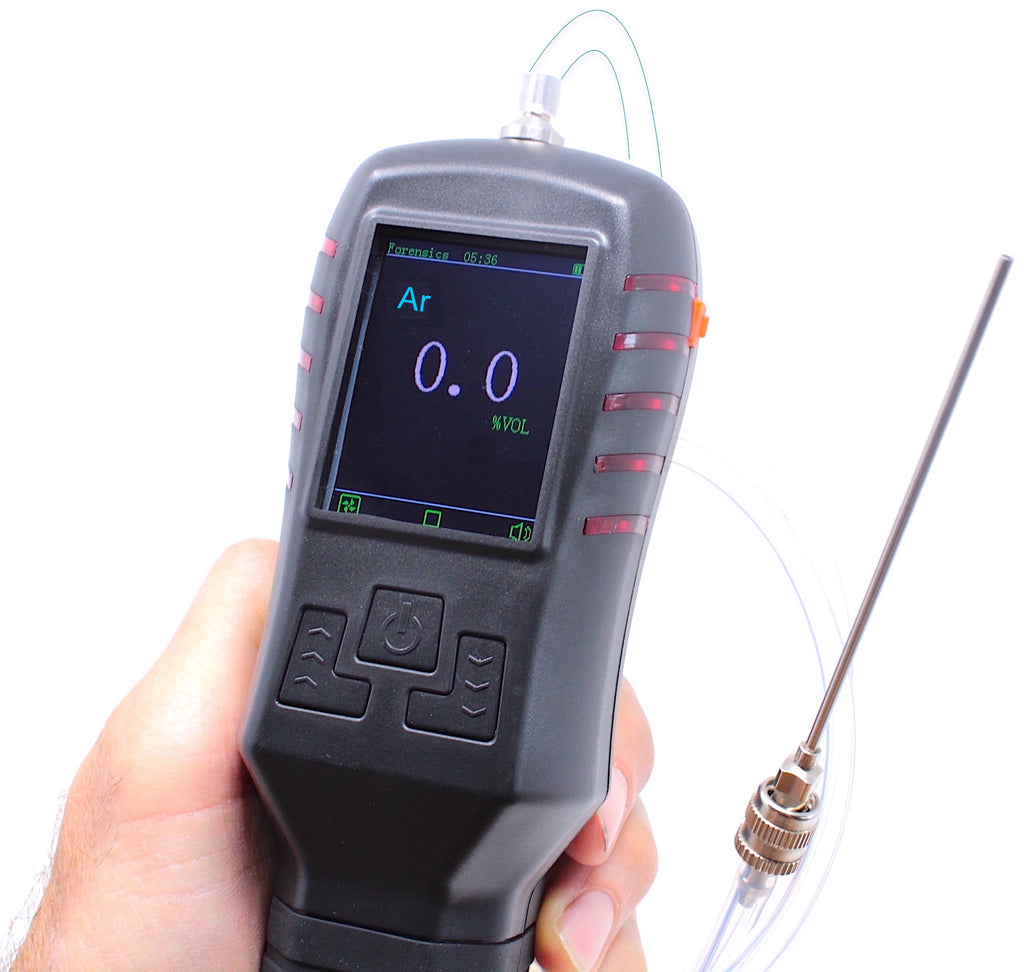
Methods Of Argon Leak Detection
When it comes to welding applications, it is crucial to ensure the integrity of the argon gas shielding. Argon leaks can lead to poor weld quality and compromised safety. To avoid these issues, several methods of argon leak detection can be employed. Let’s explore each of these methods in detail:
Visual Inspection
Visual inspection is a simple yet effective method to detect argon leaks in welding applications. It involves carefully examining the welding equipment and connections for any signs of gas leakage. This can include checking for loose fittings, damaged hoses, or visible cracks in the equipment.
During the welding process, the welder can also observe if there are any interruptions or disruptions in the flow of the shielding gas.
Soap Bubble Test
The soap bubble test is a widely used method to detect argon leaks. It involves applying a soapy solution to the suspected areas and observing if bubbles form. If there is any leakage, the escaping argon gas will cause the soapy solution to bubble up, making it easier to identify the exact location of the leak. This test is especially useful for pinpointing small or hard-to-notice leaks.
Pressure Drop Test
The pressure drop test is another method commonly used in argon leak detection. It requires pressurizing the welding system with argon gas and monitoring the pressure gauge. Any significant and sudden drop in pressure indicates the presence of a leak. This method can be effective in detecting larger leaks or leaks that occur during actual welding operations.
Electronic Leak Detection
Electronic leak detection involves the use of specialized instruments to identify argon leaks. These instruments utilize advanced technology, such as helium mass spectrometry or gas analyzers, to precisely detect and measure the concentration of argon gas in the surrounding environment. This method is highly accurate and can detect even the tiniest leaks, ensuring the highest level of weld quality and safety.
Ultrasonic Testing
Ultrasonic testing is a non-destructive testing method that can also be utilized for argon leak detection in welding applications. It involves using ultrasonic waves to detect leaks by analyzing the changes in sound patterns caused by escaping gas.
This method is particularly effective in detecting leaks in hard-to-reach or hidden areas where visual inspection may be challenging. Ultrasonic testing offers precise and reliable leak detection, enhancing the overall quality of welding processes.
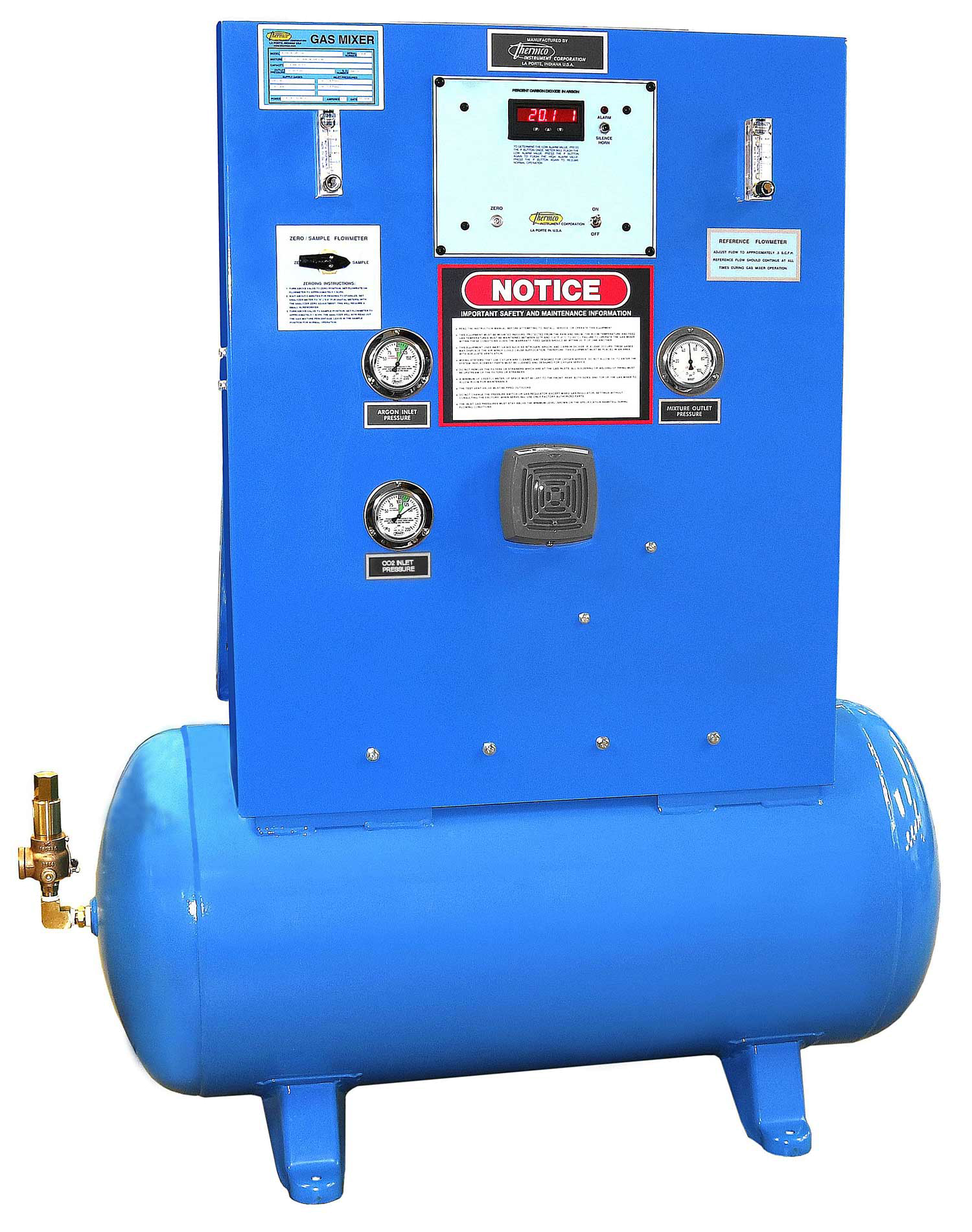
Best Practices For Argon Leak Detection
Argon leak detection is crucial in welding applications to ensure the safety and quality of the process. By following best practices, such as regular inspections, proper equipment calibration, and the implementation of reliable testing methods, leaks can be identified and addressed promptly, minimizing risks and optimizing weld performance.
Regular Maintenance And Inspection
Maintaining regular maintenance and inspection schedules is crucial for effective argon leak detection in welding applications. By performing routine inspections, you can identify potential leaks early on, minimizing the risk of welding failures and ensuring the safety and quality of your work.
During these inspections, it’s important to check all relevant components, including hoses, fittings, regulators, and valves for any signs of leaks. Regular maintenance also involves checking for any loose connections or damaged parts that could compromise the integrity of the welding system.
Proper Training For Welders And Technicians
Educating welders and technicians on the importance of argon leak detection and providing them with proper training is essential. A well-trained workforce will be able to identify and address leaks effectively, minimizing the risk of accidents and ensuring optimal welding performance.
Training should cover topics such as leak detection methods, recognizing signs of leaks, and proper procedures for addressing them. By empowering your team with knowledge and skills, you can create a culture of safety and efficiency in your welding operations.
Establishing A Comprehensive Testing Protocol
Having a comprehensive testing protocol is vital for successful argon leak detection. This protocol should outline the frequency of testing, the methods to be used, and the criteria for determining whether a leak is present.
Incorporate both regular visual inspections and more advanced testing methods, such as ultrasonic leak detectors or soapy water tests, depending on the specific requirements of your welding applications. By conducting a variety of tests, you can ensure thorough and accurate leak detection.
Choosing The Right Method For Leak Detection
There are several methods available for leak detection in welding applications, and it’s important to choose the one that best suits your needs. Whether it’s using a handheld detector, conducting pressure decay tests, or employing gas analyzers, consider factors such as accuracy, efficiency, and cost-effectiveness when selecting a leak detection method.
Additionally, consult industry best practices and seek expert advice to determine the most suitable method for your specific welding operations. By choosing the right method, you can enhance the effectiveness of your leak detection efforts.
Documenting And Addressing Leaks Promptly
When a leak is detected, it’s crucial to document the findings and address the issue promptly. Failure to do so can lead to worsened leaks, compromised weld quality, and potential safety hazards.
Create a system for documenting leaks, detailing their location, severity, and steps taken for repair. This information can be valuable for future reference and review. Prioritize addressing leaks promptly to maintain a safe and productive welding environment.

Frequently Asked Questions
How Does Argon Leak Detection Work In Welding Applications?
Argon leak detection in welding applications involves using specialized equipment to identify and locate any leaks in the welding system. The process typically involves pressurizing the system with argon gas and using a detector to identify areas where the gas is escaping.
This helps ensure the integrity of the welding system and prevents welding defects.
What Are The Benefits Of Using Argon Leak Detection In Welding?
Using argon leak detection in welding offers several benefits. It allows for the early detection and prevention of leaks, which can help avoid welding defects and ensure the quality of the final product. Additionally, it helps reduce the cost of wasted argon gas and minimizes the risk of hazardous situations caused by gas leaks in the welding environment.
How Can Argon Leak Detection Help Improve Welding Safety?
Argon leak detection plays a crucial role in enhancing welding safety. By identifying and fixing leaks promptly, it reduces the risk of potentially dangerous situations caused by gas leaks, such as fire or explosions. Proper leak detection ensures that the welding environment remains safe for the welder and minimizes the risk of health issues associated with exposure to argon gas.
What Types Of Equipment Are Used For Argon Leak Detection?
Various equipment is used for argon leak detection in welding applications. This can include handheld gas detectors, ultrasonic leak detectors, or electronic leak detection systems. These tools are designed to detect even the smallest leaks in the welding system and provide accurate readings to pinpoint the location of the leak.
Conclusion
Argon leak detection plays a crucial role in ensuring the safety and quality of welding applications. By promptly identifying and fixing leaks, businesses can minimize the risk of gas contamination and potential hazards. Implementing effective leak detection methods not only enhances overall efficiency but also protects the environment.
With advanced technologies and proper training, businesses can improve their welding processes and maintain high standards in this critical industry. Invest in argon leak detection for a safer and more efficient welding operation.

